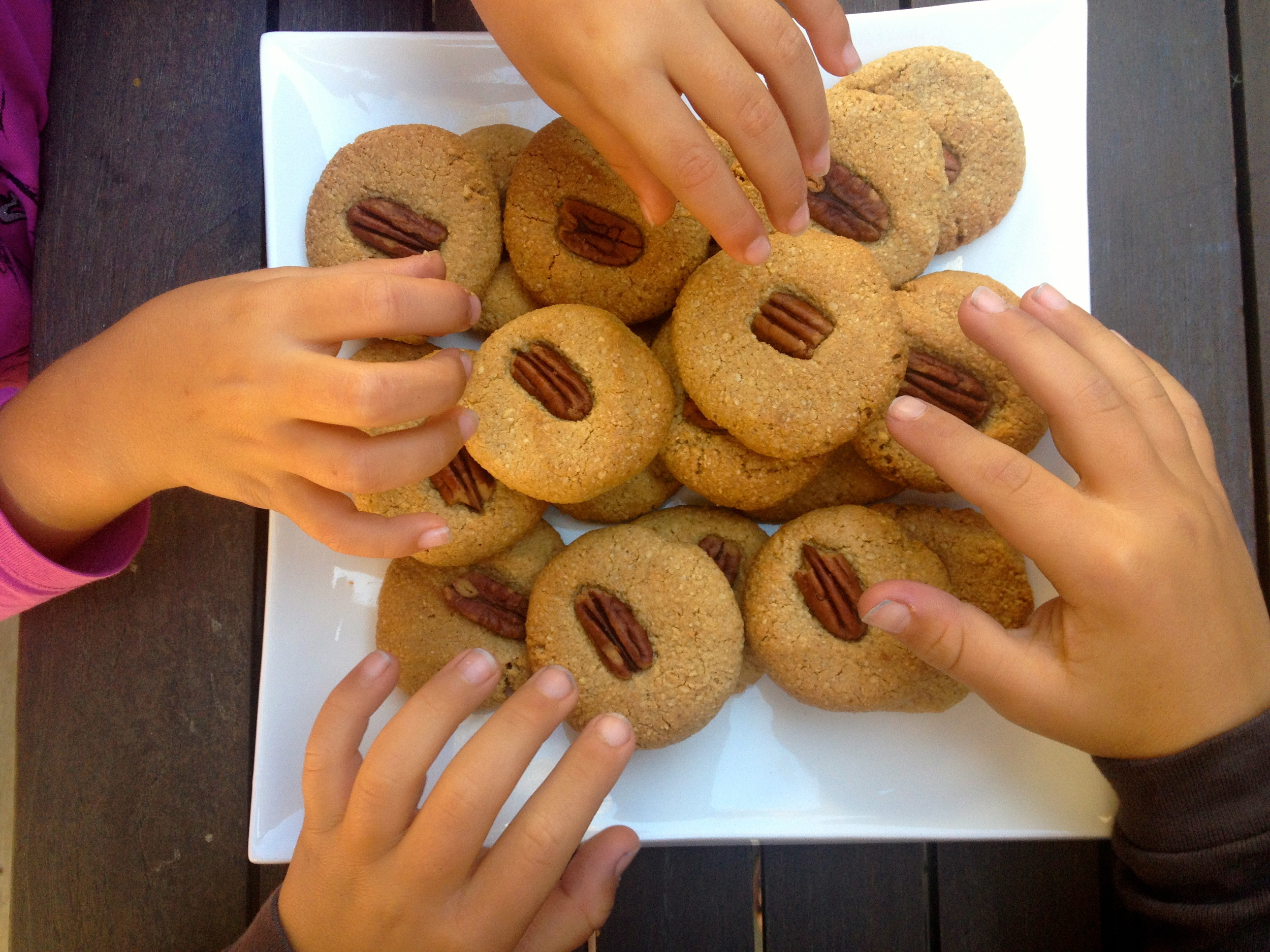Mistake #6. Eating grains and legumes along with animal proteins.
My introduction into traditional wholefoods was through the work of Dr Weston A Price and not the world of Paleo. In fact I hadn't even heard of the term 'Paleo' as a dietary regime until many years after I had started eating a traditional wholefods diet. The term 'Paleo' certainly wasn't bandied around a decade ago to the frequency that it is today. The WAP Foundation (of which I am a member) promotes the unprocessed diets of traditional populations pre industrial revolution (ie before the advent of processed foods) but post agricultural revolution (ie after the advent of grains and legumes 10,000 years ago). As a result, the consumption of properly prepared grains and legumes is advocated by this Foundation. Coming from a macrobiotic vegetarian diet where I was already eating properly prepared grained and legumes on a daily basis as my main staple food, it wasn't such a hard transition to migrate to traditional wholefoods. All I did was to simply ADD all the nutrient-dense food that I hadn't been eating as a vegetarian, like animal products, but I kept eating grains and legumes for some years later.
The problem with consuming grains and legumes in addition to animal proteins was that I was overconsuming protein and had started to gain weight. Not to mention how laborious it was to properly prepare grains and legumes (soaking, sprouting, leavening etc) - I felt that sourcing and cooking my food was becoming a full-time occupation in itself. The advice of my natropath and the upshot of my own independent research was that properly prepared grains and legumes are not necessary in the context of nutrient-dense animal foods. Mankind survived and thrived for our entire history on this planet without them until very recently. And given that they are not as nutrient-dense as animal foods (and in the case of gluten actually do more hard than good) and given that they are so time-consuming to prepare, it was an easy (and liberating) step to slowly and gradually ditch them. And like the incorporation of broth and organ meats, the transition off grains and legumes was a gradual process. Sourdough bread daily, to every second day, to once a week, to fortnightly, to monthly, to once in a blue moon. I don't do so well (emotionally) with cold turkey approaches.
So the things I'm working on are:
(A) just sticking to the foods that give me the most nutrient-dense bang for my buck and time.
(B) knowing that if I crave a food I just eat it regardless of what it is.
Mistake #7. Buying exclusively expensive cuts of meat (and starting to resent the cost of a Paleo diet)
When I started eating meat again I made a bee line for the sexy expensive cuts of meat like eye fillet, New York steak, sirloin, lamb chops, T-bone, rump etc. Because that is all I knew. These can cost up to $60+/kilo. I hear people complaining of how expensive pastured meat is all the time. And indeed I can easily see how your meat bill could rack up quickly if you are eating these sexy cuts almost every day!
But what I didn't appreciate at the time is that there is a bountiful supply of less expensive cuts of meat out there like osso bucco, lamb shanks, loin chops, chump chops, lamb necks, beef cheeks and lamb shoulder. These are around $25 a kilo or less. Many of these cheaper cuts have the added benefit of being on the bone and fattier so they are actually more nutritious as well as more economical. But I had no idea how to cook these lesser known cuts of meats. I knew how to pan fry or BBQ a steak, but what the hell do i do with chump chops? So i turned to old-fashioned traditional sources for help- cooks like my mum, and cook books that were old and dusty and not at all trendy. And I experimented, trialled and errored but at the end of the day I learnt. Through sheer determination and years of practice I can now make a half decant casserole or roast or braise or crustless pie. And this added a much broader dimension to my culinary repertoire as well as fending off taste fatigue and not burning a hole in my wallet.
So the things I'm working on are:
(A) not forgetting the cheaper, lesser known, cuts of meat
(B) constantly thinking of new and different ways to cook these cheaper cuts.
Mistake #8. Focusing too much to feeding my kids sweets and treats instead of nutrient-dense savoury food








